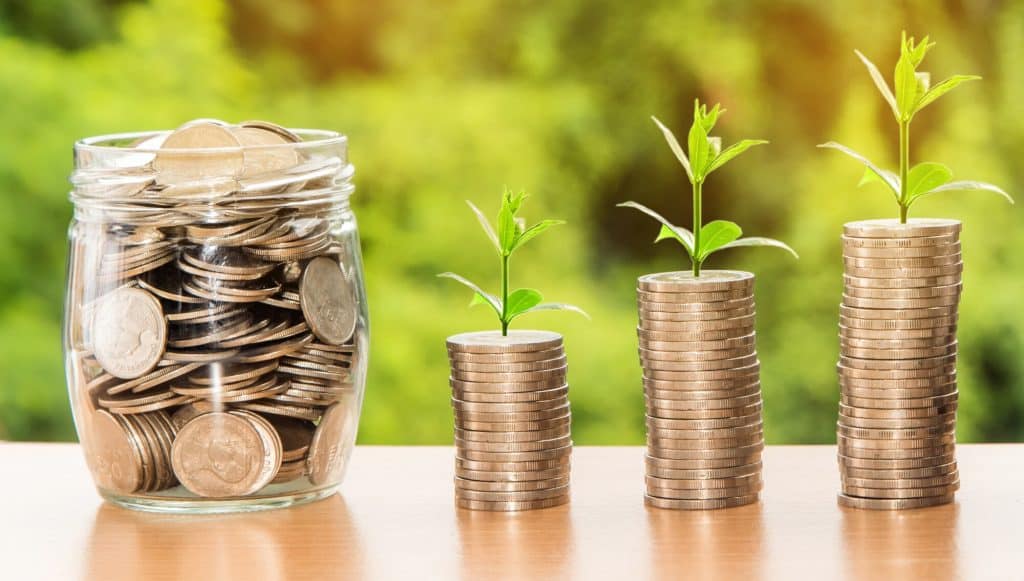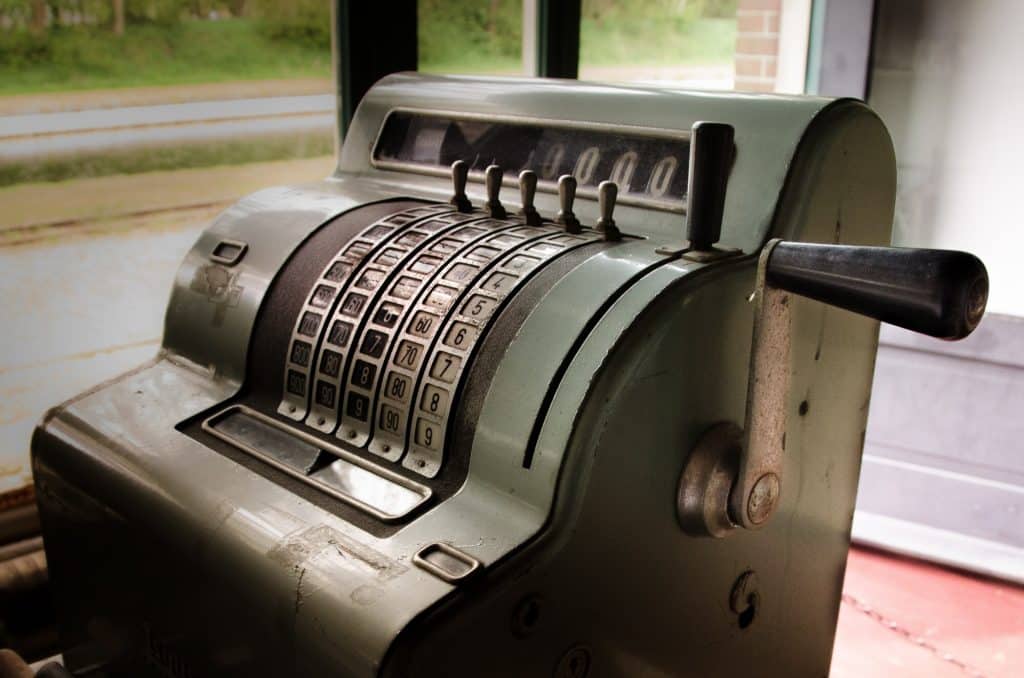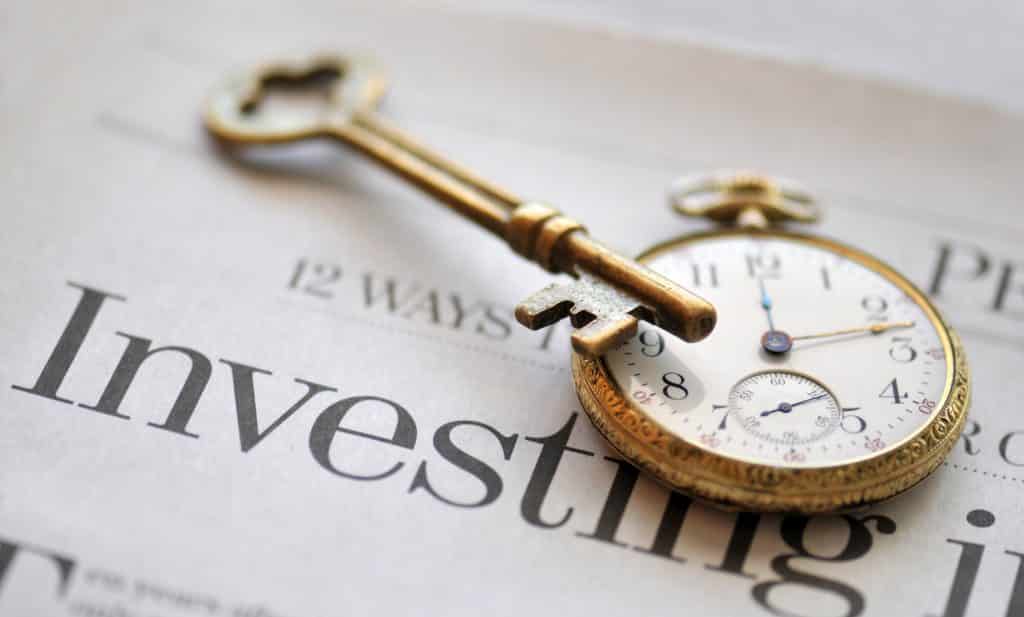
Investing in the stock market is a great way to make an additional income and save for the future. Regardless of what you may have heard, playing the stock market is by no means a get-rich-quick scheme. It requires a lot of hard work and dedication. Some people opt to pay a broker to invest money on their behalf but if you really want to make a long-term pursuit of this venture, you’ll need to do the groundwork yourself. You’ll need to invest a lot of time reading about stocks and strategies, while keeping a constant eye on the market to spot the trends.
While it might feel overwhelming, especially for novice investors at the start of their trading journey, there are now plenty of tools that have been developed to make trading that little bit easier. One such tool is a stock screener, which allows you to trade through available stocks and can be tailored according to your investment criteria.
In this post, we’ll examine the main benefits of using a stock screener and how it can help you get your investment journey off on the right foot:
It Saves Time
There are thousands of stocks listed on the market, which can make screening them a tedious task. You’ll need to study the financial history of each stock in detail to evaluate its performance over time as well as its prospects for the future. This is no straightforward task. Thankfully, stock screeners help narrow down your stock options by filtering stocks according to your investment objectives. Whether you are looking for stocks with a low-level P/E ratio or those that are undervalued, a good screener will help you find your options faster.
It Can Prevent Emotional Decisions
A mistake that many investors make when playing the stock market is that they make decisions based on emotion rather than being driven by objective research. Emotionally based decisions are often illogical and can have a negative impact on your returns. Tools such as WallStreetZen’s stock screener eliminate investor biases that fuel bad decisions and filter stocks based on sound parameters.
Helps You Discover New Investment Opportunities
Even the most passionate investors can’t possibly know everything about stocks. This is because the market is extensive, and there are always new developments occurring, which can be challenging to keep track of. By trawling an extensive database of stocks to find those that meet an investor’s specific criteria, a good stock screener will draw your attention to new stocks that you may not have known about before. It may present the opportunity to invest in unpopular stocks with investment potential that may have been overlooked.
Getting acquainted with the stock market isn’t easy. Not even the most experienced trader can always stay ahead of market trends. However, using tools such as stock screeners to your advantage will undoubtedly serve to make the whole process much more efficient. Spend some time finding yourself a reputable stock screener and learn to use it effectively to reap financial rewards on the stock market.












